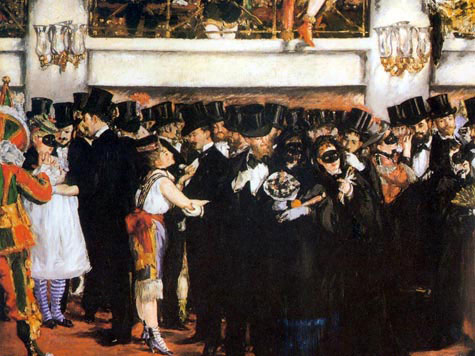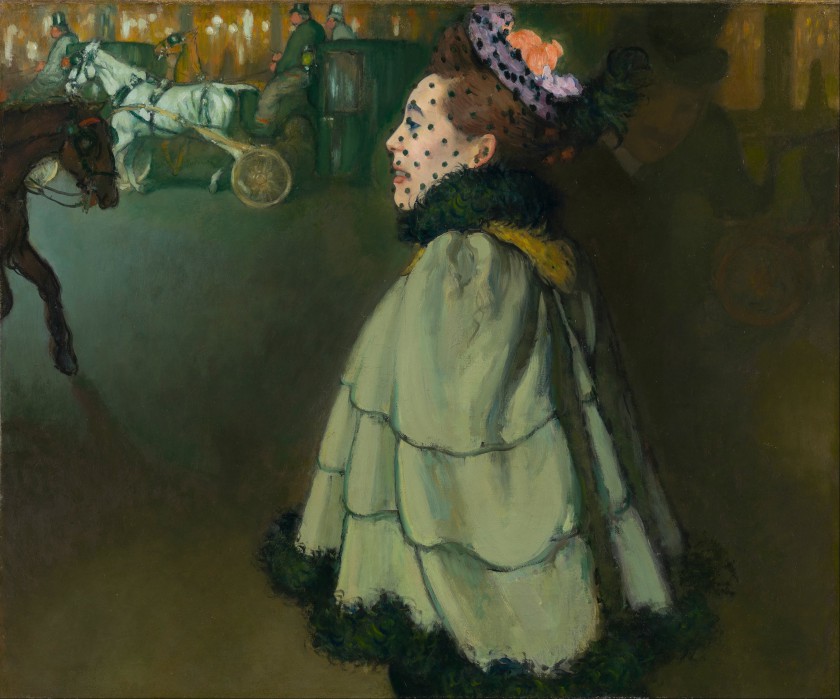 |
| Omer Fast, Continuity, 2012-2015, video HD, colour |
I am always reluctant to applaud
unreservedly the work of contemporary artists. It goes against the scholar in
me who needs to be dry, measured and cautious in my approach to art. However, I
will indulge this time because Omer Fast has to be one of the most brilliant
young moving image makers working today. His current exhibition at the Jeu de
Paume is masterful. I spent a long time upstairs at the Halsman exhibition, not
realizing the Fast images were so long, so I only got to see one piece, Continuity, 2012-2015, 77 mins. But I am
definitely going back for a repeat viewing of these pearls of audiovisual
wisdom.
 |
| Omer Fast, Continuity, 2012-2015 |
Continuity touches on every major issue on the table: war, violence, death,
teenage doping, drug pushing, murder, incest, homosexuality, terrorism, and
there may be others. The film covers every major politically charged topic of
conversation in circulation today. However, what makes it brilliant is not what
it engages in representation, but how. Most masterful is the film’s editing. It
follows the continuity logic, but across the cut changes characters, or places
the same characters in discontinuous settings, or finds their behavior
discontinuous with our expectations as they have been set up by the film thus
far. Thus, it gives the impression of continuous narrative flow, it also plays
with our sense of or our desire to have closure and explanation of what is going
on, but we get none if it. We are constantly left frustrated, floundering as we
attempt to navigate our way through the narrative in the way that the constant
protagonists--a middle-aged, middle-class couple--navigate their way through
the trauma of losing their son in Afghanistan.
 |
| Omer Fast, Continuity, 2012-2015 |
there is not.
 |
| Omer Fast, Continuity, 2012-2015 |
The images are shocking, not only those that depict the violence of war, but images that show the subtle abuse of the father, the incest of the
mother. The mother reaches under the
covers of the sleeping boy’s body, her hand moving slowly towards his crotch, the
father kisses another one on the mouth, and another son, he aggressively makes him
take out his tongue piercing, And when the three meet at dinner, the tensions
begin to boil.
 |
| Omer Fast, Continuity, 2012-2015 |
Continuity also asks how on earth we can begin to integrate the experiences of
violence and trauma into our daily lives. Whether it be of war, of the death of
a loved one, of the incongruity of murder, both on the homefront and the
battlefield. We experience these extreme situations, in which there is no
connection to daily life and yet, we have to connect to the experiences if we
are to make sense of them, to live with them as humans in a world that we are
compelled to hand on intact to the next generation. It’s not only the war in
Afghanistan, but Fast’s own Israel, and all the other places where war in its
multi-dimensions is experienced today. For Fast, these wars are only a breath
away from incest, drugs, stealing. In Continuity,
the repressed desires that get expressed in violent actions at home and at war
are coming from the same place, all mixed up with nowhere to go.





